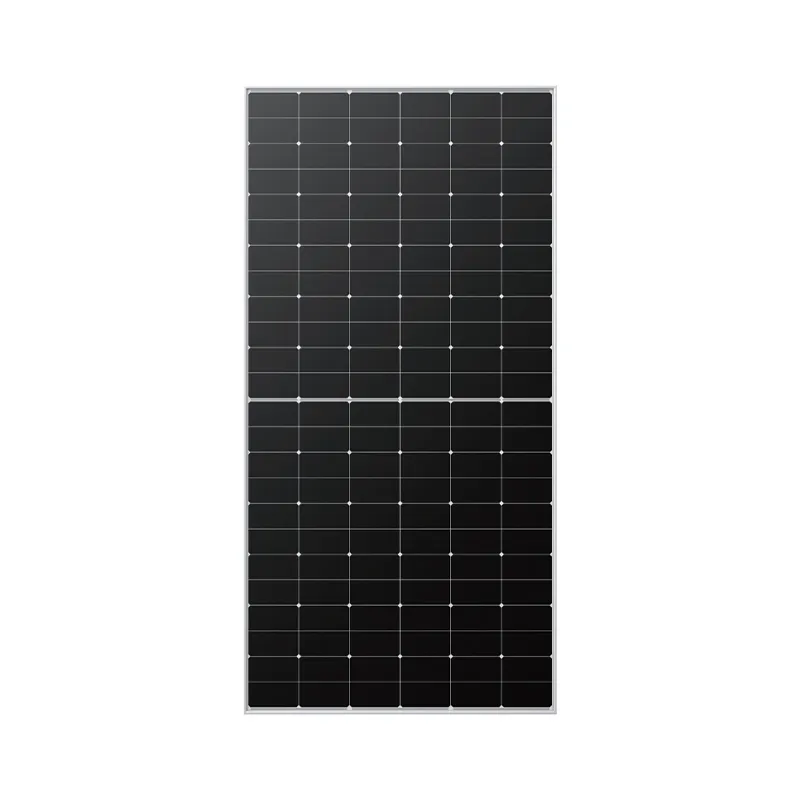solar panel conversion efficiency
Understanding Solar Panel Conversion Efficiency
Solar energy is one of the most promising renewable energy sources available today, offering a sustainable solution to meet the growing power demands of the world. At the heart of solar energy technology is the solar panel, specifically designed to convert sunlight into electricity. One of the most critical factors that determine the effectiveness of a solar panel is its conversion efficiency, which measures how well a solar panel can convert sunlight into usable electricity.
What is Solar Panel Conversion Efficiency?
Solar panel conversion efficiency refers to the percentage of solar energy that is converted into electrical energy by a solar panel. For instance, if a solar panel has an efficiency rating of 20%, it means that 20% of the sunlight hitting the panel is converted into electricity, while the remaining 80% is reflected or absorbed as heat. The efficiency of solar panels is influenced by various factors, including the materials used, the design of the panel, and environmental conditions such as temperature and shade.
Factors Influencing Efficiency
1. Material Composition The most common materials used in solar panels are monocrystalline silicon, polycrystalline silicon, and thin-film technologies. Monocrystalline panels typically boast the highest efficiency ratings, often exceeding 20%, due to their single-crystal structure that allows for better electron flow. Polycrystalline panels are generally less efficient, while thin-film panels, though flexible and lightweight, usually have the lowest efficiency.
2. Temperature It might seem counterintuitive, but solar panels often perform better in cooler conditions. Higher temperatures can lead to decreased efficiency as excessive heat can cause the semiconductor materials within the panel to lose their effectiveness. Understanding the temperature conditions where solar panels will be installed is crucial for predicting their performance.
solar panel conversion efficiency

3. Angle and Orientation The angle at which solar panels are installed and their orientation towards the sun can greatly affect their efficiency. Ideally, panels should face direct sunlight for the longest part of the day, and adjusting their tilt can maximize exposure to sunlight throughout the seasons.
4. Shading and Dirt Even partial shading from nearby trees, buildings, or dirt accumulation can significantly reduce a solar panel's efficiency. Regular maintenance and strategic placement of solar panels can mitigate these issues.
Advancements in Technology
The solar industry is continuously innovating, leading to improvements in solar panel conversion efficiency. New technologies, such as bifacial panels that capture sunlight on both sides, and multi-junction cells that utilize multiple layers of materials to harness a broader spectrum of sunlight, show promising potential. Researchers are exploring ways to incorporate perovskite materials, which have demonstrated significant efficiency rates in laboratory settings, into commercial products.
Conclusion
Understanding solar panel conversion efficiency is vital for individuals and businesses interested in solar energy. As technology evolves and becomes more efficient, investing in solar panels can lead to more substantial energy savings and a smaller carbon footprint. By staying informed about advancements and optimizing installation conditions, users can ensure they are getting the most out of their solar energy systems. With continued progress, solar energy is poised to play an integral role in a sustainable energy future.
-
String Solar Inverter: The High-Efficiency Solution for Smart Solar EnergyNewsJul.14,2025
-
Revolutionizing Rooftop Energy with the Power of the Micro Solar InverterNewsJul.14,2025
-
Power Independence with Smart Off Grid Solar Inverter SolutionsNewsJul.14,2025
-
On Grid Solar Inverter: Powering the Future with Smart Grid IntegrationNewsJul.14,2025
-
Monocrystalline Solar Panels: High-Efficiency Power for the Future of Clean EnergyNewsJul.14,2025
-
Bifacial Solar Panel: A Smarter Investment for Next-Generation Energy SystemsNewsJul.14,2025







